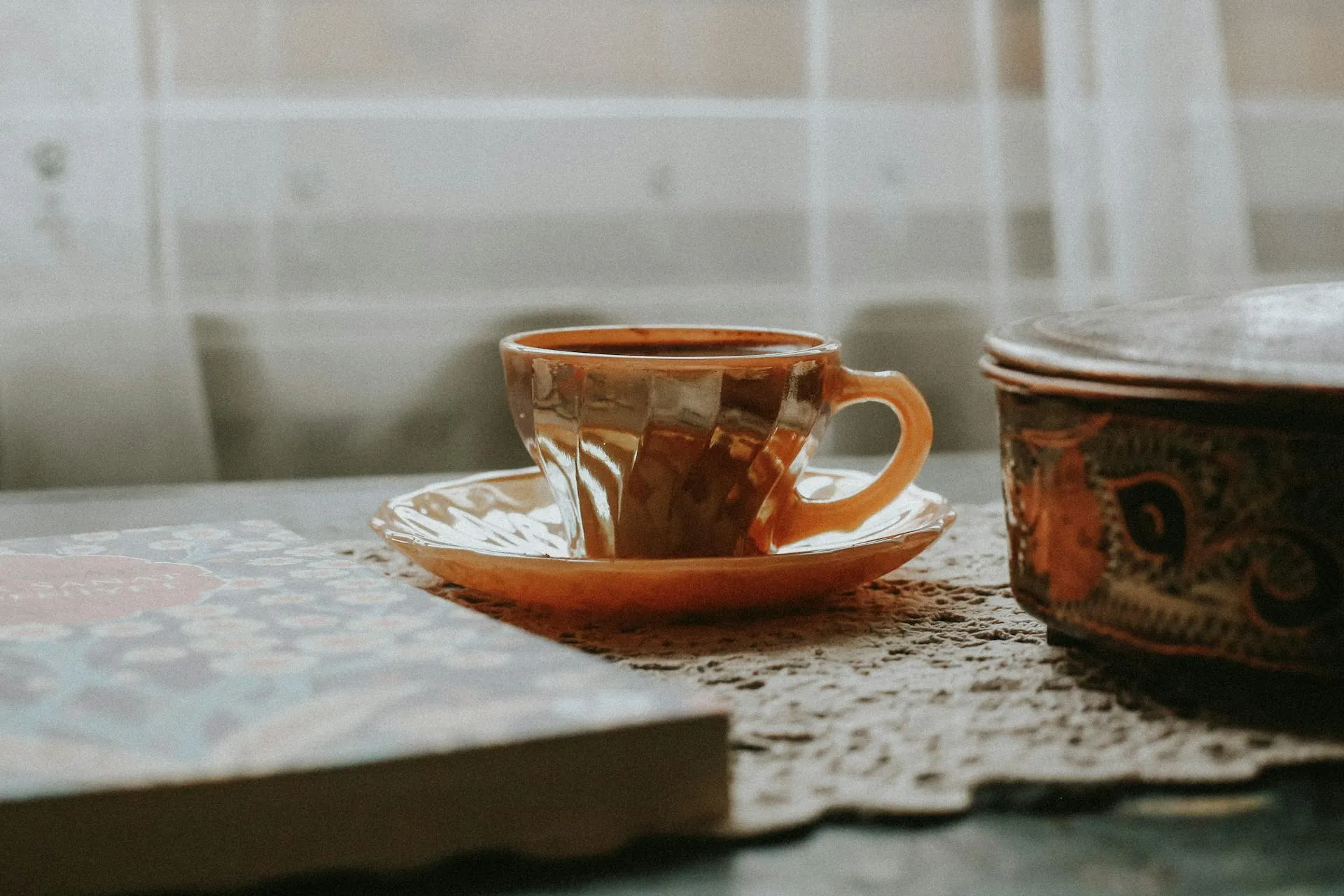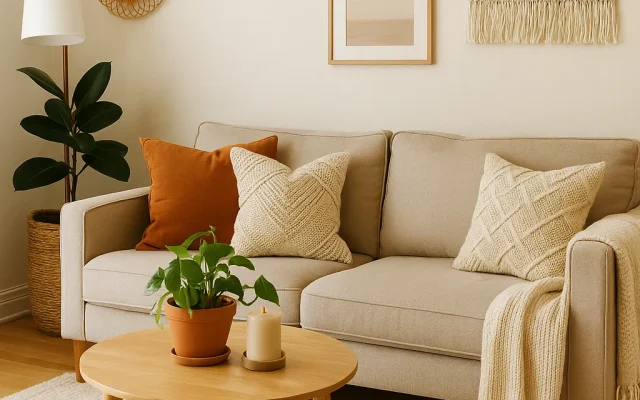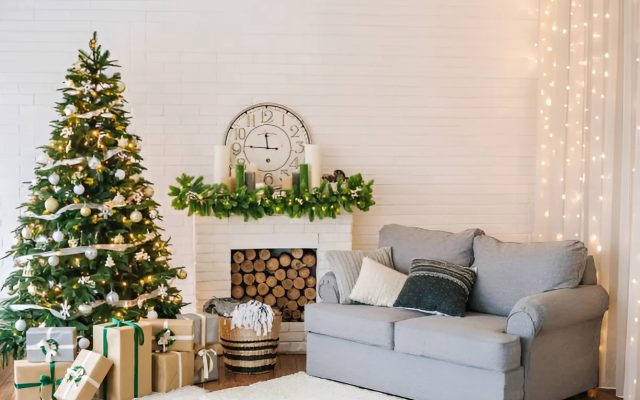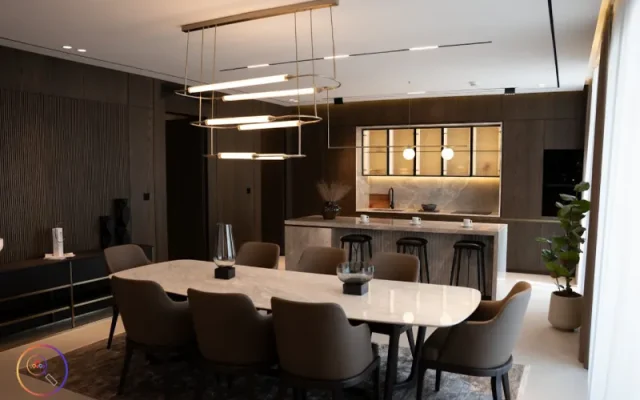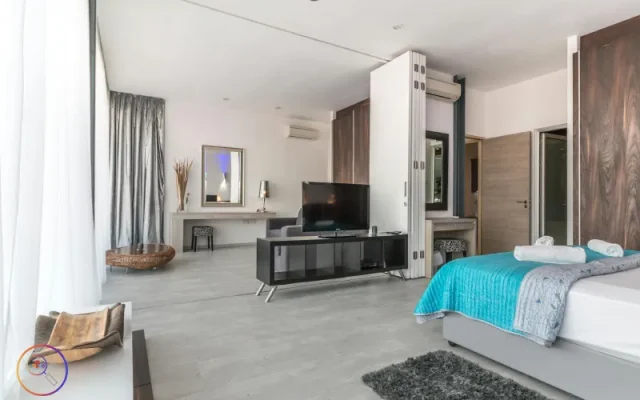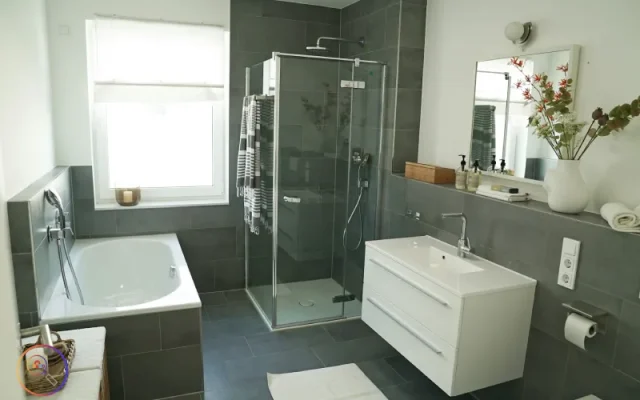When was the last time you actually felt rested at home? Many people finish their day in a place that’s supposed to recharge them but instead feels crowded, noisy, and overlit. The push toward remote work blurred the lines between home and workspace, and now the demand for calm, restorative interiors has quietly turned into a necessity rather than a luxury. Homes are expected to function like everything—office, gym, classroom, and retreat—often within the same few rooms. In this blog, we will share how small, intentional design choices can help create a restful space that balances comfort and function in a world that rarely slows down.
Designing for Comfort in a Demanding Age
Comfort at home now carries new meaning. It’s no longer about visual appeal alone but how well a room supports recovery from constant connectivity. People crave rooms that act as buffers against digital overload. The starting point is usually the bedroom since it reflects how much rest one actually gets. Here, the smallest details matter—light placement, wall color, airflow, and the right bedding all shape the body’s response to rest. This is where hybrid mattresses quietly became a practical favorite. They merge structural support with softness, creating a balance between firm alignment and plush comfort that traditional models often miss. In a time when sleep quality determines daytime performance, this type of upgrade fits neatly into a larger design strategy centered on restoration.
Lighting plays the next critical role. Harsh, overhead light drains energy even when you’re not working. Instead, softer, layered lighting using warm tones helps signal the body to wind down. Positioning lamps near reading corners or adding dimmer switches gives flexibility that supports relaxation without forcing darkness. Natural light should flow during the day and fade naturally by evening. Window coverings that let daylight in while maintaining privacy bridge this transition without disrupting the rhythm of the room.
Smart Lighting Habits for Better Rest
- Morning: Let in as much natural light as possible — it helps regulate circadian rhythm.
- Afternoon: Use task lighting for productivity zones to prevent eye strain.
- Evening: Transition to warm, low-intensity lights that mimic sunset.
- Night: Turn off all blue-light sources (screens, LED bulbs) at least 30 minutes before bed.
Pro Tip: Use motion-sensor nightlights in hallways or bathrooms for minimal disturbance.
Elements That Influence Everyday Comfort
Use a short table to visualize how each factor contributes to a restful home.
| Element | Why It Matters | Simple Upgrade Ideas |
| Temperature | Affects sleep quality and relaxation | Smart thermostat, layered bedding |
| Sound | Noise triggers stress hormones | Acoustic panels, rugs, curtains |
| Scent | Scents can signal calm or alertness | Diffusers with lavender or cedarwood |
| Texture | Touch regulates comfort and grounding | Use natural fibers like cotton or wool |
| Color | Influences emotion and focus | Choose muted earth tones or soft neutrals |
Tip: Stick to consistent tones and limit strong contrasts to maintain visual harmony.
Reimagining Space to Reflect Modern Rhythms
A restful space doesn’t depend on size; it depends on flow. Too much clutter confuses the mind, so storage should feel invisible—built-ins, under-bed drawers, or vertical shelving that pulls things off the floor. Even in small apartments, strategic layout changes can open up breathing space. Positioning furniture to leave walking paths clear allows the body to move naturally, reducing subconscious tension. Textures can soften the environment, too. Cotton, linen, and natural wood surfaces absorb sound and light differently than metal or glass, making rooms feel calmer without major renovation.
Recent design trends echo this shift. Post-pandemic living has nudged people toward tactile authenticity: less polish, more comfort. The “perfect” home now values human ease over showroom precision. A living room with visible books, imperfect plants, and cozy corners feels more lived-in—and that familiarity relaxes the nervous system. Ironically, it’s the rejection of sterile design that made homes more emotionally functional.
Technology also stepped in to make calm measurable. Smart thermostats, adaptive lighting, and quiet HVAC systems have become tools for regulating comfort automatically. However, the irony is that too many gadgets can create the very restlessness they’re meant to fix. A truly restful home uses tech subtly—systems that disappear into the background rather than demand attention.
The Balance Between Connectivity and Calm
Too much “smart” can overwhelm — here’s how to set digital boundaries:
- Centralize controls using one home hub instead of multiple apps.
- Silence notifications on home devices after a set hour.
- Avoid screens in bedrooms, especially TVs or tablets.
- Use automations that support wellness (e.g., auto-dimming lights, white noise at bedtime).
Idea: Create “tech-free zones” in living areas to foster real downtime.
Room-by-Room Restful Design Guide
Break down practical ways to apply restful design throughout the home:
- Bedroom: Prioritize blackout curtains, supportive bedding, and clutter-free surfaces.
- Living Room: Incorporate soft throws, layered lighting, and furniture that encourages conversation flow.
- Kitchen: Keep counters minimal; display only what brings joy (like a fruit bowl or plant).
- Bathroom: Use calming colors (sage, sand, cream) and natural materials like bamboo or stone.
- Workspace: Face the desk toward light but away from distractions; use hidden cable organizers.
Daily Reset Habits That Support Restful Design
Small rituals help the space stay restful long-term.
Morning Routine
- Open curtains and windows for 10 minutes.
- Make your bed to reset visual order.
- Brew tea or coffee in a calm corner to start grounded.
Evening Routine
- Do a 5-minute tidy-up (clear counters, fold throws).
- Turn on soft lighting or candles.
- Play ambient sounds or soft music before sleep.
Conclusion
In the end, rest doesn’t come from owning the latest furniture or gadgets but from creating an environment that reduces friction between body and space. When design anticipates need instead of reacting to it, home becomes what it should have always been—a place that restores, not reminds you of what’s next.
Checklist: Creating a Restful Home Environment
Use this as a quick-reference takeaway.
| Category | Task | Frequency |
| Decluttering | Donate unused items | Monthly |
| Lighting Check | Adjust bulbs and dimmers | Seasonally |
| Plant Care | Water and rotate | Weekly |
| Bedding Refresh | Wash or air out fabrics | Weekly |
| Tech Detox | Unplug unused devices | Daily |
Frequently Asked Questions (FAQs)
A restful home design focuses on creating calm, balanced environments that support relaxation and mental clarity through light, color, and layout choices.
Soft, layered lighting in warm tones signals the body to relax, while harsh overhead lights can increase stress and alertness.
Muted earth tones, soft neutrals, and natural greens or blues promote a sense of calm and comfort.
Clutter overstimulates the mind, making it harder to unwind; hidden storage helps maintain visual calm.
Yes—when used subtly. Smart thermostats and adaptive lighting regulate comfort without drawing attention.
Invest in supportive bedding, use blackout curtains, and minimize screens or electronic distractions.
Prioritize open walkways, use multi-functional furniture, and rely on vertical storage to create flow.
Biophilic design connects indoor spaces with nature using plants, natural textures, and daylight, which reduces stress.
Limit devices in rest zones, silence notifications, and automate systems to function quietly in the background.
Morning light exposure, brief evening tidying, and short tech-free moments help preserve a calm environment.

